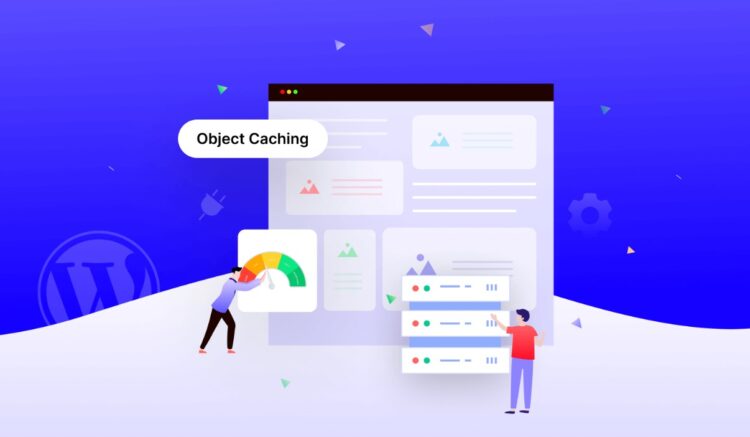A fast site is no longer just a perk, it is an expectation. Visitors who face delays quickly move on, leaving businesses with higher bounce rates and fewer conversions. Speed also influences how search engines rank a page, which means performance directly shapes visibility.
The tools available today can pinpoint bottlenecks, offer real solutions, and help websites scale without frustration.
The following guide outlines practical options that improve both technical speed and user confidence.
Measuring performance before making changes
No optimization effort works without accurate measurement. Guessing at speed issues is like diagnosing a car problem without lifting the hood. Dedicated testing tools make the problem visible:
- Google PageSpeed Insights separates mobile and desktop scoring, showing where each environment falls short.
- GTmetrix reveals a frame-by-frame filmstrip of how a page loads, exposing hidden delays.
- WebPageTest allows testing from global locations, giving insight into international user experience.
Each tool brings its own angle, so combining at least two gives a balanced assessment. Numbers from these platforms act as benchmarks, helping teams measure improvement as fixes roll out.
Server optimization with professional expertise
No matter how sleek the design or compressed the images, a weak server slows everything down. Server performance dictates the first response users see. That is why businesses invest in skilled professionals who understand system efficiency. A trusted Linux administrator can:
- Configure caching rules that keep pages prebuilt and ready.
- Set up load balancing so no single server gets overwhelmed.
- Tune databases and memory allocation to handle peaks smoothly.
For companies with heavy traffic or sensitive transactions, this expertise is critical. It reduces downtime, cuts latency, and creates a stronger base for all other speed improvements. Without a solid server setup, every other tool delivers only partial gains.

Expanding reach with content delivery networks
A website hosted in one region may perform well locally but struggle abroad. Distance between the server and visitor adds delay. Content delivery networks, or CDNs, close that gap by distributing content across global nodes. Services like Cloudflare, Akamai, and Amazon CloudFront stand out because they:
- Deliver data from the nearest server, reducing travel time.
- Absorb traffic surges to maintain stability during demand spikes.
- Protect sites with added layers of security such as DDoS mitigation.
For businesses with international customers, CDNs transform the user experience. Pages load faster, transactions complete with less friction, and trust grows across borders.
Caching as the quickest improvement
Caching is often the fastest win in performance optimization. By storing frequently accessed content, it avoids rebuilding pages or reloading heavy files. Caching operates on several levels, each with distinct advantages:
- Browser caching stores assets locally on the visitor’s device.
- Server-side caching keeps pre-rendered pages ready for instant delivery.
- Plugin-based caching in CMS platforms like WordPress lets site owners manage settings with minimal effort.
The benefit is immediate. Returning users see faster load times, servers handle requests with less strain, and overall speed metrics rise. In most cases, enabling proper caching provides noticeable gains without heavy investment.

Keeping speed consistent through monitoring
Optimization does not end after the initial fixes. Websites evolve, content grows, and new code can introduce fresh issues. Monitoring tools ensure performance remains steady over time. Platforms like Pingdom, New Relic, and Datadog do more than log uptime; they provide:
- Alerts for sudden drops in speed or availability.
- Reports on traffic spikes that could stress infrastructure.
- Insights into which updates or plugins affect performance.
By setting up continuous monitoring, businesses can respond before users notice a problem. Regular data also shows whether changes bring lasting benefits or if further adjustments are needed.
Conclusion
Better website performance is not a luxury, it is a necessity for user trust and search visibility. Testing reveals weaknesses, server tuning sets a stable foundation, CDNs expand global reach, caching delivers instant gains, and monitoring keeps improvements in place.
Together, these tools build more than a fast site, they create a reliable environment where visitors stay engaged and businesses thrive. Investing in performance tools is ultimately an investment in growth and customer satisfaction.
 Hi Boox Popular Magazine 2025
Hi Boox Popular Magazine 2025



